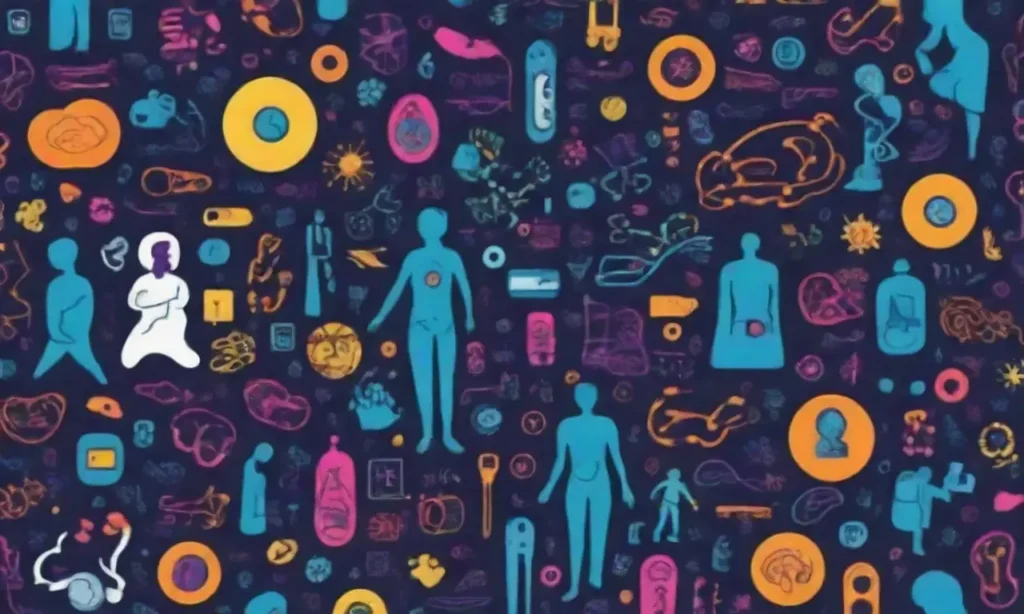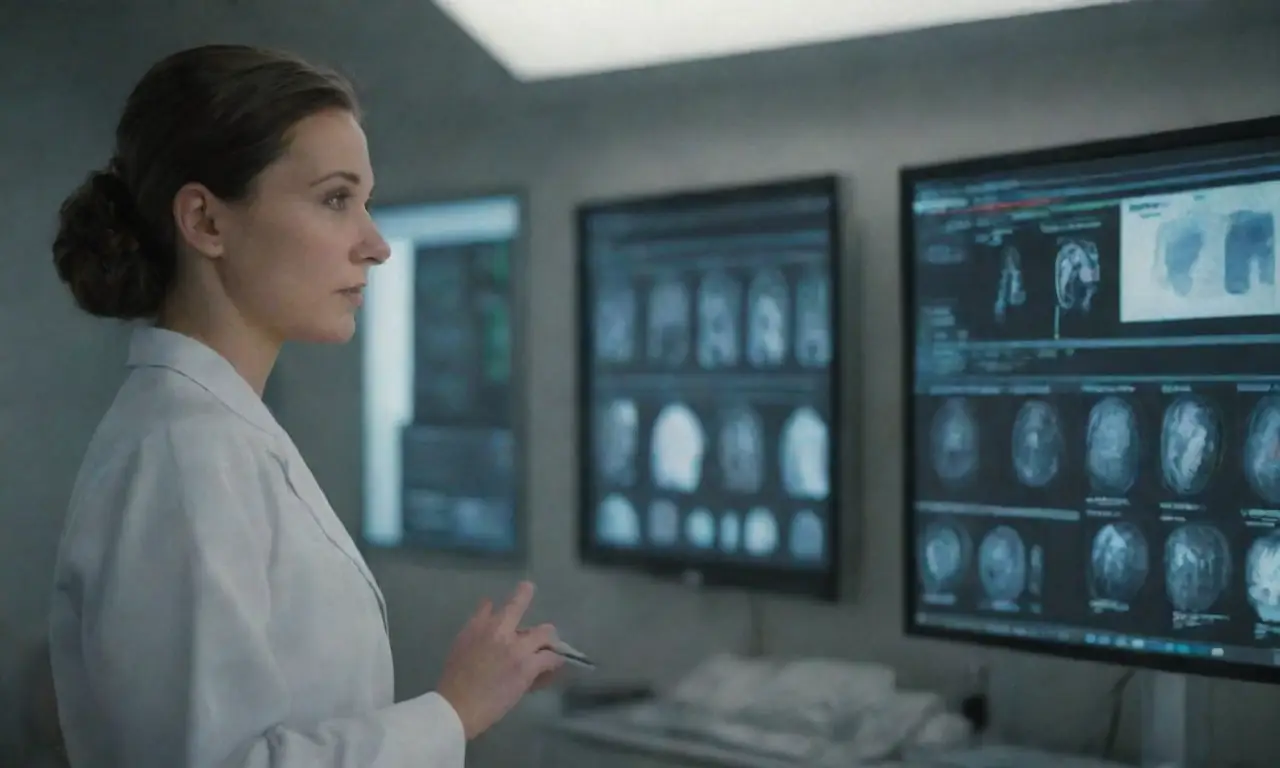
Machine Learning Models Shaping the Future of Health Monitoring

Introduction
In recent years, machine learning has emerged as a transformative technology that is reshaping various industries, and healthcare is no exception. With the advent of advanced algorithms and increased data availability, machine learning is being employed to improve patient outcomes, enhance diagnostic accuracy, and manage health conditions more effectively. As the world grows more interconnected and reliant on technology, the application of machine learning in health monitoring signifies not just a trend but a pivotal shift in how we approach medical care.
This article will delve into the multitude of ways in which machine learning models are revolutionizing health monitoring. We will explore the technologies behind these models, examine their applications in real-world settings, evaluate the challenges faced in the integration of these solutions, and contemplate the future implications of these advancements. By the end, it will become evident how machine learning is not merely a tool in healthcare but a cornerstone in building a more data-driven and patient-centric future.
The Fundamentals of Machine Learning in Healthcare
Machine learning is a subset of artificial intelligence that enables systems to learn from data, identify patterns, and make decisions with minimal human intervention. It involves using algorithms to analyze vast amounts of information, facilitating insights that can be imparted to healthcare professionals to aid in decision-making processes. Key approaches include supervised learning, where models are trained on labeled data, and unsupervised learning, which identifies patterns in unlabelled data.
One of the fundamental aspects that make machine learning particularly suitable for healthcare is its ability to process and analyze big data. Traditional methods of data analysis can often fall short when dealing with the scale and complexity of healthcare data, which includes electronic health records (EHRs), medical imaging, wearables data, and genomic information. Machine learning models can assess these large datasets efficiently, uncovering insights that would be infeasible for humans to derive manually, thus fostering data-driven decision-making.
Moreover, predictive analytics is a crucial facet whereby these models can predict patient outcomes based on historical data. For example, by analyzing trends in healthcare data, machine learning can forecast disease outbreaks, hospital readmissions, or even the emergence of chronic conditions in at-risk patients. This proactive approach allows healthcare providers to take preventative measures, ultimately leading to improved patient care and reduced costs.
Applications of Machine Learning in Health Monitoring
Remote Health Monitoring
One of the most significant applications of machine learning in health monitoring is through remote health monitoring systems. Telehealth solutions have gained tremendous traction, especially following the COVID-19 pandemic, and machine learning plays a pivotal role. By utilizing wearable technologies such as smartwatches and health-tracking devices, real-time data regarding patients’ physiological parameters—like heart rate, blood pressure, oxygen saturation, and activity levels—can be continuously collected and analyzed.
These devices can leverage machine learning algorithms to detect anomalies in health metrics, alerting both patients and healthcare providers to irregular patterns that may require immediate attention. For instance, a wearable device may identify an abnormal heart rhythm, which could indicate potential cardiac issues. By ensuring continuous health monitoring, machine learning not only enhances patient safety but also enables timely interventions that can prevent worsening of health conditions.
Furthermore, remote health monitoring is particularly advantageous for the management of chronic diseases such as diabetes or heart disease, where continuous oversight is essential. Patients can lead normal lives while being actively monitored for any fluctuations in their health. This not only empowers patients with greater autonomy but also reduces unnecessary hospital visits, alleviating the burden on healthcare systems.
Advanced Diagnostic Tools
Machine learning models are increasingly being used to support diagnostic processes, refining the accuracy and efficiency of identifying medical conditions. For instance, in medical imaging—such as X-rays, MRIs, and CT scans—deep learning algorithms can analyze images with remarkable precision. Trained on vast datasets of formerly diagnosed cases, these models can learn minute details that may elude the human eye.
Consider the case of radiology, where a well-trained deep learning model can detect early signs of conditions such as lung cancer, often outperforming traditional radiologists. Early detection is critical, as it immensely increases survival rates and improves treatment outcomes. By assisting medical professionals in making quick and accurate diagnoses, machine learning can significantly enhance the speed of care delivery, which is crucial in time-sensitive medical scenarios.
Moreover, machine learning does not stop at imaging. It's also being leveraged to improve the interpretation of genetic information. In genomics, complex algorithms can analyze genes and biomarkers to identify individuals at risk for certain genetic diseases. This helps healthcare providers devise tailored preventative measures or treatment plans based on a patient's unique genetic makeup.
Personalized Treatment Plans
Another remarkable application of machine learning in health monitoring is the development of personalized treatment plans. The concept of precision medicine advocates for the customization of medical treatment to the individual characteristics of each patient. By pooling datasets from various sources—including genomic data, lifestyle information, and historical health records—machine learning models can help identify which treatments are likely to be most effective for specific patients.
For example, in oncology, machine learning algorithms can analyze a patient's genetic profile alongside clinical evidence from similar cases. This allows oncologists to foresee how a patient might respond to various treatments and select therapeutic approaches that are most likely to yield positive outcomes. Thus, instead of a one-size-fits-all approach, treatment pathways can become more optimized, and the chances of adverse reactions can be minimized.
Additionally, machine learning can aid in overcoming the complexities of drug discovery. By analyzing vast datasets related to drug efficacy and side effects, researchers can identify possible drug candidates more quickly and accurately. The substantial reduction in trial-and-error methods spearheaded by these advanced models has the potential to accelerate the pace of bringing life-saving drugs to market.
Challenges in Implementing Machine Learning in Healthcare

Data Privacy and Security
While the potential of machine learning in health monitoring is profound, there are significant challenges that must be addressed for its successful implementation. One of the foremost concerns is data privacy and security. The sensitive nature of health data mandates stringent protective measures to ensure that it is safeguarded against breaches, unauthorized access, or malicious attacks.
Healthcare institutions must navigate complex regulations such as HIPAA (Health Insurance Portability and Accountability Act) in the United States, which imposes strict guidelines on how patient data is handled and shared. As machine learning models necessitate access to vast datasets to train and validate their effectiveness, striking a balance between utilizing the data for enhanced care while ensuring patient privacy becomes a daunting task. Tightened security protocols, transparent data usage policies, and the employment of anonymization techniques can mitigate some of these concerns, but they add layers of complexity to implementation.
Algorithmic Bias
Another prevalent challenge is algorithmic bias, which can occur when the datasets used to train machine learning models are not representative of the diverse population. If certain demographics are underrepresented in training data, the resulting models may yield biased predictions or outcomes, leading to inequalities in healthcare. For example, a model trained primarily on data from a specific ethnicity might not perform well for the patients of another ethnicity, putting them at risk for misdiagnosis or inappropriate treatment.
To combat this challenge, it is imperative that healthcare organizations curate diverse and comprehensive datasets that reflect a broad spectrum of patient demographics. Additionally, continuous monitoring of machine learning models is crucial to identify potential biases and to update the training data regularly to reflect changing population dynamics.
Integration into Clinical Workflows
Implementing machine learning models into existing clinical workflows poses another set of challenges. Healthcare providers often work within established protocols and systems, making it complex to integrate new technologies seamlessly. For instance, medical professionals may be hesitant to adopt machine learning-driven recommendations if they lack trust in the models or find them cumbersome to use.
Hence, rapid advancements in technology must be matched by adequate training and education for medical professionals to build confidence in leveraging these models effectively. Collaborative approaches, where healthcare professionals participate in refining the algorithms, could foster greater acceptance and usability of machine learning systems.
Conclusion
The intersection of machine learning and healthcare represents a monumental step forward in how we monitor health and deliver care. With the ability to analyze vast datasets, aid in diagnostics, and personalize treatment plans, machine learning is not just a passing fad but a critical component in bettering health outcomes. The journey towards a fully integrated machine learning system in healthcare is fraught with challenges, especially concerning data privacy, algorithmic bias, and clinical integration.
Nonetheless, as technology evolves and the understanding of machine learning advances, these barriers can be diminished. The potential for machine learning to revolutionize health monitoring is enormous. We are entering a new era where prediction and prevention will be at the forefront of healthcare, shaping the future of medical care to be more personalized, efficient, and equitable.
As we navigate this exciting landscape, continuous dialogue among healthcare professionals, data scientists, policymakers, and patients is essential. Embracing collaboration, transparency, and ethical considerations will be key in harnessing the full power of machine learning models to usher in a healthier future for all. Ultimately, the intersection of advanced technology and compassionate care can lead to a future where individuals are more engaged in their health, and the healthcare systems are smarter, more effective, and more responsive to the needs of their patients.
If you want to read more articles similar to Machine Learning Models Shaping the Future of Health Monitoring, you can visit the Health Monitoring Wearables category.



You Must Read